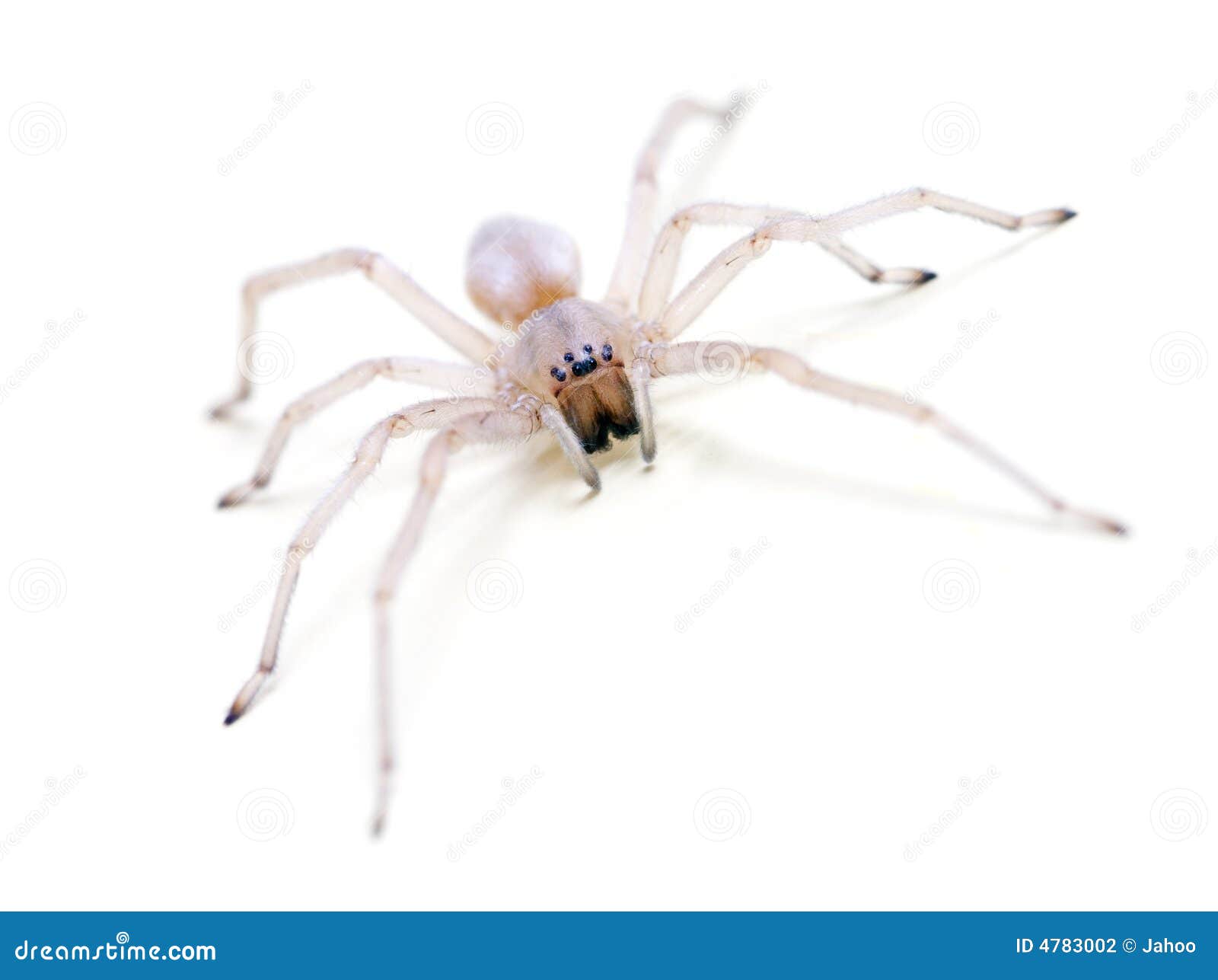

azadirachtin (neem oil)-Some formulations are OMRI-listed for organic use.superior-type oil (European red spider mite only)-Some formulations are OMRI-listed for organic use.When applied during the dormant or delayed dormant season, horticultural oils can greatly reduce European red spider mite populations later in the season. Avoid excessive nitrogen applications, as this encourages mites. Water trees properly, as drought-stressed trees are more susceptible. Mites may be washed from the tree with a strong stream of water. Suppression of these weeds with cultivation or grasses may reduce mite numbers. Broadleaf weeds like mallow, bindweed, white clover, and knotweed enhance mite numbers. The use of cover crops also reduces dust and mite problems. Spider mite infestations are favored by dry, dusty conditions, so avoid creating these problems and stressing the plants. Avoid broad-spectrum and pyrethroid sprays during the growing season due to their negative effect on natural enemies. or Neoseiulus fallacis are also effective at managing populations of spider mites and may be commercially available. Considerable natural control is provided by lady beetles ( Stethorus spp.) and minute pirate bugs ( Orius spp.). Spider mite populations are held down by cool, wet conditions early in the season. Confirm the presence of mites by using a hand lens to view the undersides of leaves for the mites, their eggs and webbing. Pest monitoring Scout your tree periodically during the summer months for stippled or yellowing leaves, especially in trees with a history of spider mite damage or water-stressed trees. Mite dispersal occurs mainly through wind transport. Large colonies of mites produce webbing along leaf midveins. Egg-to-adult development can occur in 7 to 10 days during summer. Females can lay up to 10 eggs per day and more than 200 during their lifetime. They move to young foliage when buds break in spring and produce many generations during spring to autumn. European red spider mite overwinters as eggs in crevices of twig bark and young limbs. In heavy infestations, the spots coalesce and the leaf yellows or bronzes.įield Characteristics of Fruit-Tree-Attacking Spider Mites in the Pacific Northwestīiology and life history McDaniel, twospotted, and yellow spider mites overwinter as fertilized females under bark or in soil debris.

The damage appears as small yellow-white spots on the upper leaf surface. These spider mites damage tissues by puncturing individual plant cells, then sucking the contents out of the cell. Immature mites are similar in appearance to the twospotted spider mite, but have more of a yellowish color. Yellow spider mite: Adult females are pale yellow to white with 2 or 3 dark, rectangular markings on each side of the abdomen. Eggs are round and translucent to opaque. Immature mites are similar in appearance, only smaller. Twospotted mites have two dark spots on the body, while McDaniel mites have four. Twospotted and McDaniel spider mite: Adults are yellowish-brown, about 0.01 to 0.02 inch long. The various apricot-infesting species vary in appearance as follows:Įuropean red spider mite: Adults are globular, reddish with white spines. Pest description and crop damage All adult mites are small, usually only about 0.02 inch long and have eight legs.

Yellow spider mite ( Eotetranychus carpini borealis) Twospotted spider mite ( Tetranychus urticae) McDaniel spider mite ( Tetranychus mcdanieli) European red spider mite ( Panonychus ulmi)


 0 kommentar(er)
0 kommentar(er)
